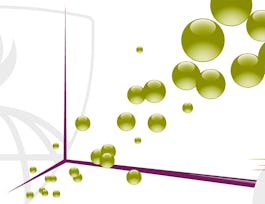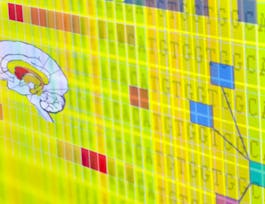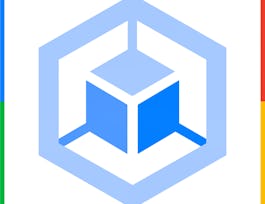The data science revolution has produced reams of new data from a wide variety of new sources. These new datasets are being used to answer new questions in way never before conceived. Visualization remains one of the most powerful ways draw conclusions from data, but the influx of new data types requires the development of new visualization techniques and building blocks. This course provides you with the skills for creating those new visualization building blocks. We focus on the ggplot2 framework and describe how to use and extend the system to suit the specific needs of your organization or team. Upon completing this course, learners will be able to build the tools needed to visualize a wide variety of data types and will have the fundamentals needed to address new data types as they come about.



Building Data Visualization Tools
This course is part of Mastering Software Development in R Specialization


Instructors: Roger D. Peng, PhD
Sponsored by EdgePoint Software
12,562 already enrolled
(157 reviews)
Skills you'll gain
Details to know

Add to your LinkedIn profile
3 assignments
See how employees at top companies are mastering in-demand skills

Build your subject-matter expertise
- Learn new concepts from industry experts
- Gain a foundational understanding of a subject or tool
- Develop job-relevant skills with hands-on projects
- Earn a shareable career certificate


Earn a career certificate
Add this credential to your LinkedIn profile, resume, or CV
Share it on social media and in your performance review

There are 5 modules in this course
Before we get started, we'll take a quick overview of the course.
What's included
1 video2 readings
Now, we'll dive into creating and customizing ggplot2 plots.
What's included
13 readings1 assignment
Mapping is a critical part of many data visualizations. During this module, we'll teach you how to create simple and dynamic maps with ggplot2 and ggmap, how to overlay data, and how to create chloropleth maps of US counties.
What's included
9 readings1 assignment
The grid package in R implements the primitive graphical functions that underly the ggplot2 plotting system. In this module, you'll learn how to work with grid to build graphics.
What's included
7 readings1 assignment
Building and modifying a theme in ggplot2 is a key feature of the ggplot2 package and system for building data graphics. In this final module, you'll learn to build a new theme and modifying existing themes with new features.
What's included
12 readings1 peer review
Instructors


Offered by
Why people choose Coursera for their career




Learner reviews
157 reviews
- 5 stars
43.94%
- 4 stars
27.38%
- 3 stars
16.56%
- 2 stars
5.73%
- 1 star
6.36%
Showing 3 of 157
Reviewed on Jun 18, 2021
Great course - learned a lot. Excellent instruction
Reviewed on Jun 22, 2020
It is a good course. The only downside is that if you are a beginner level R programmer and want to upskill, you will need to do an extensive search to complete this course.
Reviewed on Jul 31, 2017
very useful, especially the final practical exam.
Recommended if you're interested in Data Science

Johns Hopkins University

University of Toronto

Google Cloud

Open new doors with Coursera Plus
Unlimited access to 10,000+ world-class courses, hands-on projects, and job-ready certificate programs - all included in your subscription
Advance your career with an online degree
Earn a degree from world-class universities - 100% online
Join over 3,400 global companies that choose Coursera for Business
Upskill your employees to excel in the digital economy


